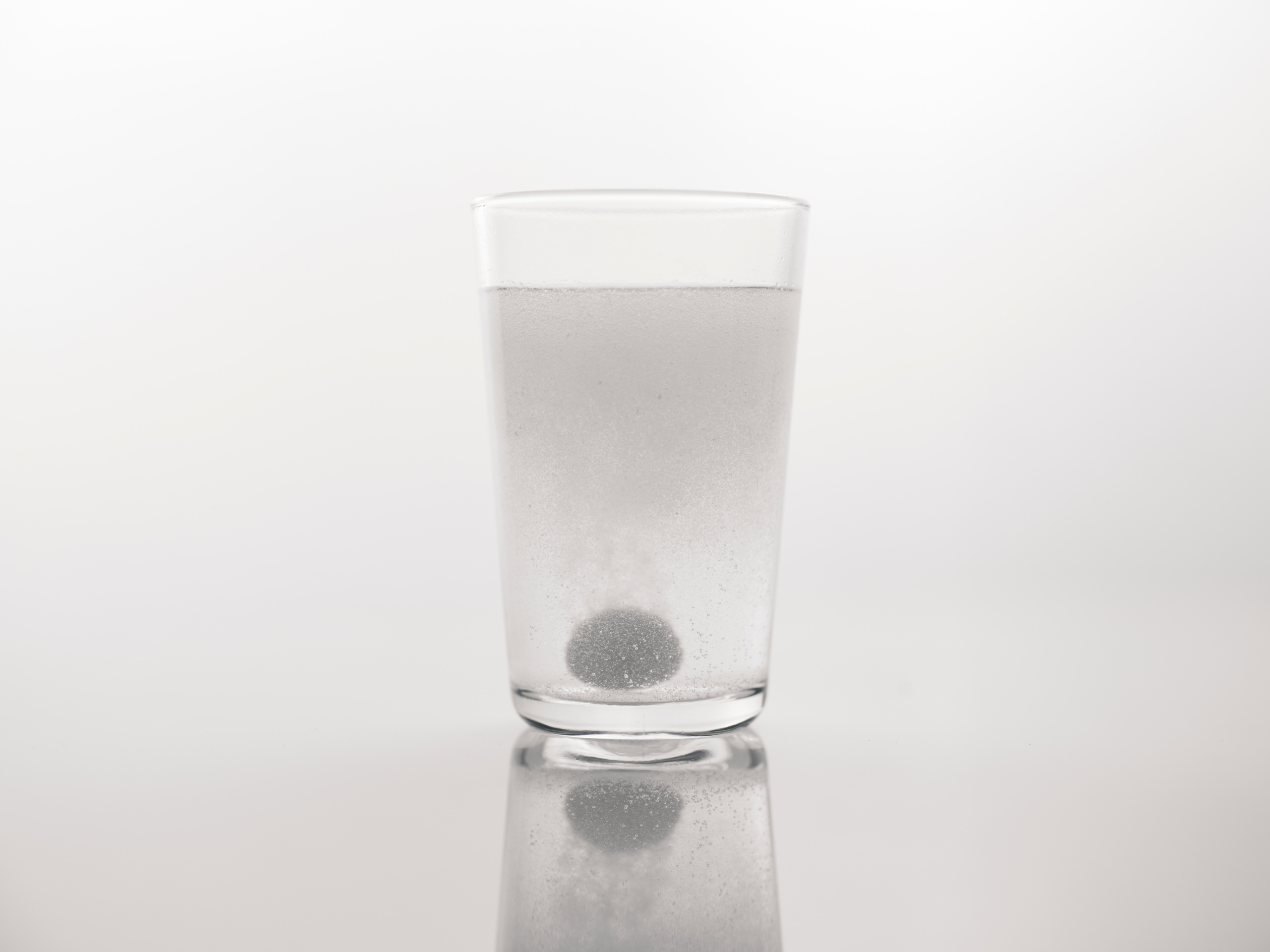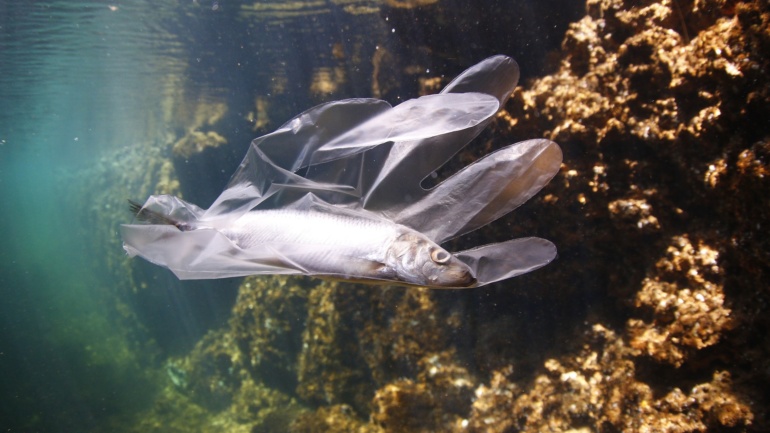By Sakshi Kabra Malpani, Publishing Associate: Researcher and Writer at Save the Water™ | December 9, 2022.
After their discovery in the nineteenth century, humans use antibiotics more and more. But, these antibiotics contaminate water, causing problems. These problems include continuous deterioration of the aquatic environment and human health. Therefore, researchers are intensifying their efforts to remove antibiotics from contaminated water.
What are Antibiotics?
Antibiotics are medicines that cure bacterial, fungal, and parasitic infections in humans and animals either by killing the bacteria or by preventing them from growing and multiplying. Sometimes, antibiotics are also used as growth promoters in animals. Based on the nature of the source, antibiotics can be classified into three types:
- Natural– Antibiotics such as penicillin which are extracted from microorganisms
- Semisynthetic– Antibiotics such as clarithromycin and azithromycin which are obtained by structural modifications of natural compounds. These are the most frequently used antibiotics. .
- Synthetic– Antibiotics such as chloramphenicol which are chemically produced in labs
How do Antibiotics Reach Water?
Antibiotics move through several gateways to contaminate water. Humans and animals take antibiotics and then excrete them. The excretions reach the water sources and contaminate them. Most of our wastewater treatment plants cannot treat antibiotics completely. In such plants, after the treatment of antibiotics, they generate effluents, or fluids that leave the treatment plants, which cause soil and groundwater pollution. Poor disposal of unused or expired antibiotic medicines in water and soil also causes antibiotic water contamination. The waste products generated in industries during antibiotic medicine production also spread pollution in water.
Harmful effects of antibiotics in water
Antibiotics are slowly decomposed in nature. When humans and animals consume antibiotic polluted water, antibody resistant genes increase in them. It results in reducing disease fighting capacity of individuals. Moreover, if an individual fell sick, then, antibiotic medicines would not be very effective. Antibiotic polluted water also affects aquatic plants and fishes.
What are Researchers Doing to Solve This Problem?
Adsorbents are the most common solution to this problem. Adsorbents are solid materials that contain many pores. Recently, researchers have come up with different, new types of cheap adsorbents which can remove various antibiotics from water effectively.
- A group of nanomaterial scientists prepared spherical, smooth, hollow hexagonal boron nitride nanoparticles which can adsorb three types of antibiotics: ciprofloxacin (CIP), tetracycline (TC), and benzylpenicillin (BP). These nanoparticles can completely remove these three antibiotics from water within 21 days.
- Few Egyptian scientists developed adsorbents from chitosan composites which can remove common antibiotics from water very efficiently. These adsorbents are cheap and can be reused many times.
- Carbon aerogel with iron and copper metals can also be a solution to the problem of antibiotic water pollution caused by tetracycline.
- In another study, mango plant waste was used to produce carbon nanocomposites. With iron, these nanocomposites form cheap, reusable, magnetic adsorbents to remove ciprofloxacin from water in one hour.
- Wastes from paper mills can also remove tetracycline from wastewater after some chemical modifications. It can effectively remove tetracycline up to 96%.
What Can We Do?
We can also help reduce antibiotic water pollution in our own small, simple ways.
- First and foremost, we should reduce use of antibiotics, take them only when it is essential. Also avoid their bulk purchase.
- We should not dispose of our unused or expired medicines directly in water bodies. We can return them through official programs such as the S. Drug Enforcement Agency’s national drug take-back days.
- We should promote advanced technology in wastewater treatment plants.
- Water treated in these water treatment plants should be regularly monitored.
- Reverse osmosis is an effective technique to curb common antibiotics, we should promote this technique at household levels to ensure the quality of our drinking water.





